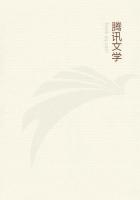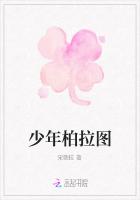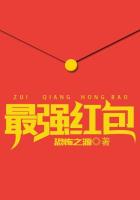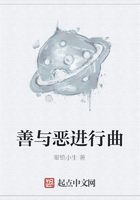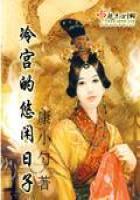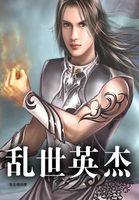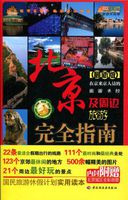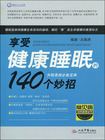An exceptional few of the older firms continue to catalogue unadulterated "gall" inks; but the demand for them except in localities where the law COMPELS their employment, is only little.
Interesting deductions can be made from the accompanying brief sketches of the leading ink manufacturers of the world.
The "Arnold" brand of inks possesses a worldwide reputation, although not always known by that name, beginning A. D. 1724 under the style of R.
Ford, and continuing until 1772, when the firm name was changed to William Green & Co. In 1809 it became J. & J. Arnold, who were succeeded in 1814 by Pichard and John Arnold, the firm name by which it is known at the present day. This last named concern located at 59 Barbican, on the site of the old City Hall in London, and later moved to their present address, No. 155 Aldersgate street. The inks made by the "fathers" of the firm were "gall" inks WITHOUT"added" color. At the commencement of the nineteenth century we find them making tanno-gallate of iron inks to which were added extractive matter from logwood and other materials to form thick fluids for shipment to Brazil, India and the countries where brushes or reeds were used as writing instruments.
For the more civilized portions of the world similar inks but of an increased fluidity were supplied, that the quill pens might be employed. The demands for still more fluid inks which would permit the use of steel pens, resulted in the modern blue-black chemical writing fluid, the "added" blue portion being indigo in some form. It was first put on the market in 1830. They manufacture over thirty varieties of ink, but only one real "gall" ink without "added" color.
In the early part of May, 1824, Thaddeus Davids started his ink factory at No. 222 William street, New York City. His first and best effort was a strictly pure tanno-gallate of iron ink, which he placed on the market in 1827 under the name of "Steel Pen Ink," guaranteed to write black and to possess "record" qualities. In 1833 he made innovations following the lines laid down by Arnold and also commenced the manufacture of a chemical writing fluid, with indigo for "added" color. Many more "added" colors were employed at different periods, like logwood and fustic, with the incorporation of sugar, glucose, etc. In the early fifties the cheap grades of logwood ink after the formula of Runge (1848) and which cost about four cents per gallon was marketed, principally for school purposes;it was never satisfactory, becoming thick and "color fading." Mr. Davids made many experiments with "alizarin" inks in the early sixties but did not consider them valuable enough to put on the market.
In 1875 the firm introduced violet ink made from the aniline color of that name. Experimentations in 1878with the insoluble aniline blacks and vanadium were unsuccessful; but the soluble aniline black (blue-black) known as nigrosine they used and still use in various combinations. During this long period their establishments have been in different locations. From No. 222 William street it was changed to Eighth street, with the office at No. 26 Cliff street. In 1854the works were removed to New Rochelle, Westchester county, N. Y. In 1856 the firm name was Thaddeus Davids and Co., Mr. George Davids having been admitted as a partner and their warehouse and offices at this time were located at Nos. 127 and 129William street, where a business of enormous proportions, which includes the manufacture of thirty-three inks and other products, is still carried on at the present day under the name and style of "Thaddeus Davids, Co." The old "Davids' Steel Pen Ink" continues to be manufactured from the original formula and is the only tanno-gallate of iron ink they make, WITHOUT "added" color.
The Paris house of "Antoine" as manufacturers of writing inks dates from 1840. They are best known as the makers of the French copying ink, of a violet-black color, made from logwood, which was first put on the market in 1853 under the name of Encres Japonaise. In 1860 an agency was established in New York City. They make a large variety of writing inks but do not offer for sale a tanno-gallate of iron ink without "added" color.
"Carter's" inks came into notoriety in 1861, by the introduction of a "combined writing and copying ink," of the gall and iron type and included "added "color. It was the first innovation of this character.
At the end of the Civil War, John W. Carter of Boston, who had been an officer of the regular army, purchased an interest in the business, associating with himself Mr. J. P. Dinsmore of New York, the firm being known as Carter, Dinsmore & Co., Boston, Mass.
In 1895 Mr. Carter died and Mr. Dinsmore retired from the business. The firm was then incorporated under the style of "The Carter's Ink Co." They do an immense business and make all kinds of ink. Of the logwoods, "Raven Black" is best known. When the state of Massachusetts in 1894 decided that recording officers must use a "gall" ink made after an official formula, they competed with other manufacturers for the privilege of supplying such an ink and won it. They do not offer for sale, however, "gall"ink WITHOUT added color. Their laboratories are magnificently equipped; the writer has had the pleasure of collaborating with several of their expert chemists.
The "Fabers," who date back to the year 1761, are known all over the world as lead pencil makers. They also manufacture many inks and have done so since 1881, when they built now factories at Noisy-le-Sac, near Paris. Blue-black and violet-black writing and copying inks of the class made by the "Antoines"are the principal kinds. They do not offer for sale, tanno-gallate of iron ink without "added" color. Abranch house in New York City has remained since 1843.


